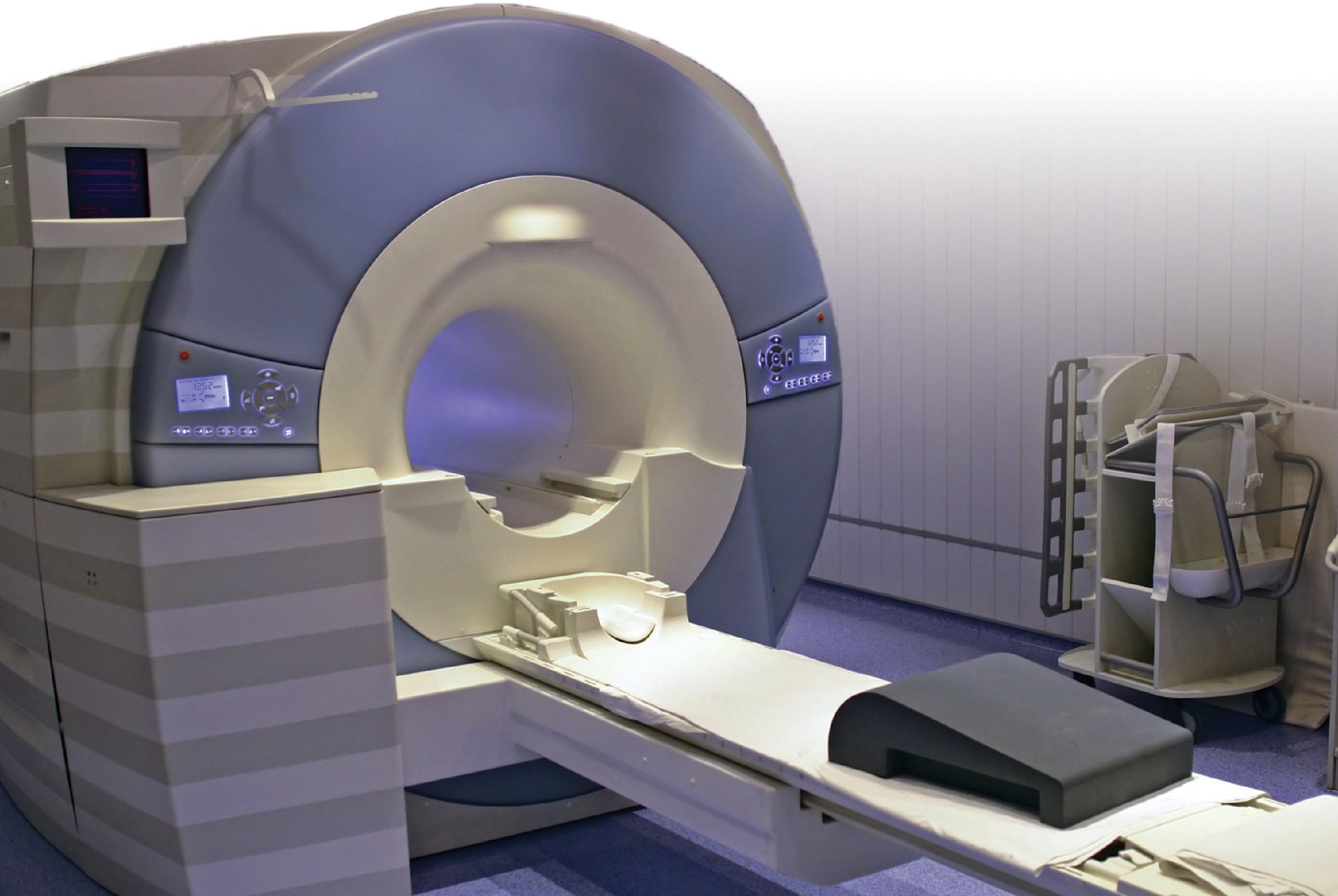The terms in red link to topics in the AQA, Edexcel, OCR, WJEC and CCEA A-level specifications, as well as the Highers/Advanced Highers exam specifications.
Nuclear magnetic resonance (NMR) spectroscopy is a powerful analytical tool for examining the magnetic properties of hydrogen (proton NMR or 1H-NMR) or carbon (carbon-13 or 13C-NMR)nuclei. These nuclei behave as little magnets, aligning either with or against an external magnetic field. When the energy required to make the nuclei align into the less stable orientation is removed, they relax back down to their more stable state and the fluctuation of the magnetic field (resonance) is converted into the NMR spectrum that scientists interpret. Magnetic resonance imaging (MRI) is a medical tool that produces images of the human body. It utilises the hydrogen nuclei commonly found in the body — our natural magnetism.
Your organisation does not have access to this article.
Sign up today to give your students the edge they need to achieve their best grades with subject expertise
Subscribe





